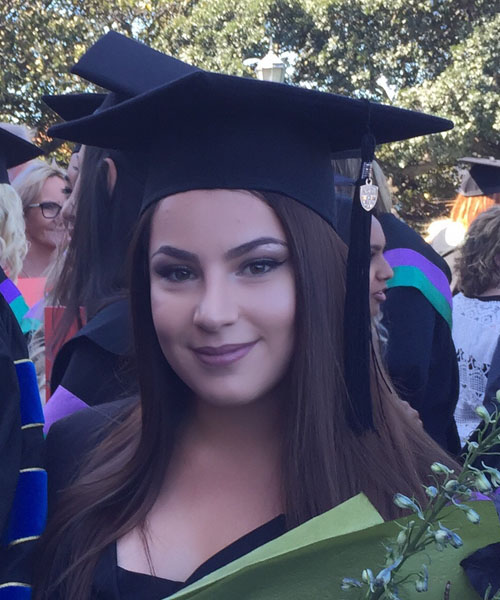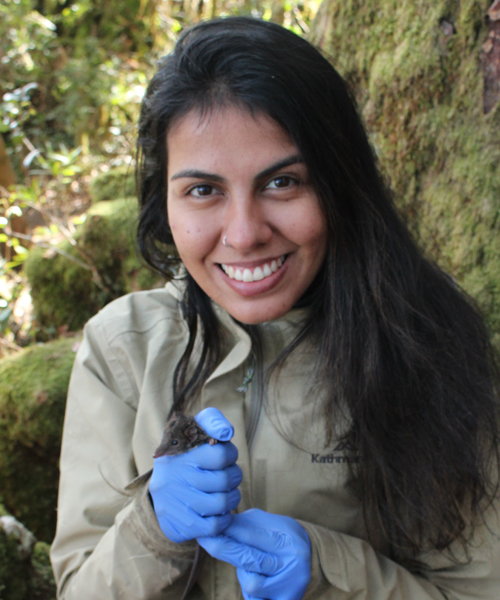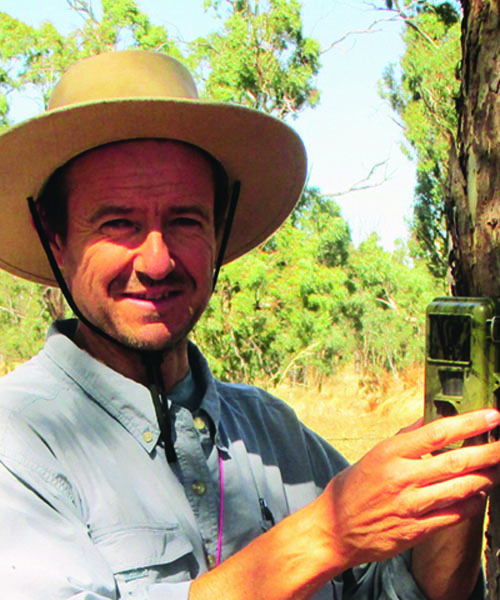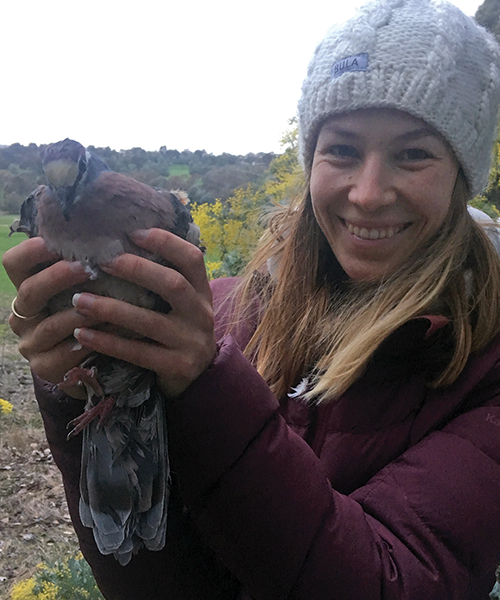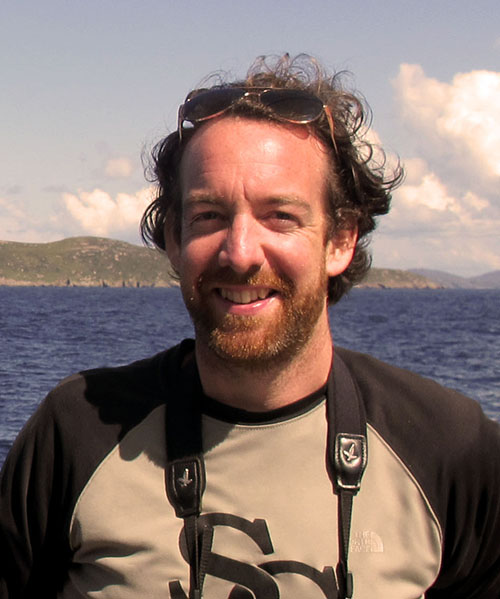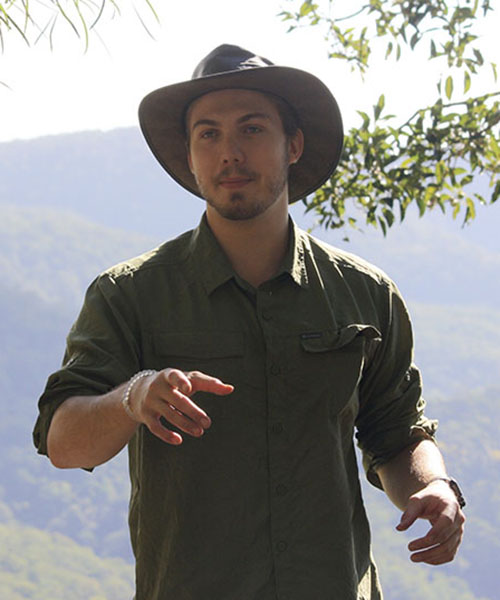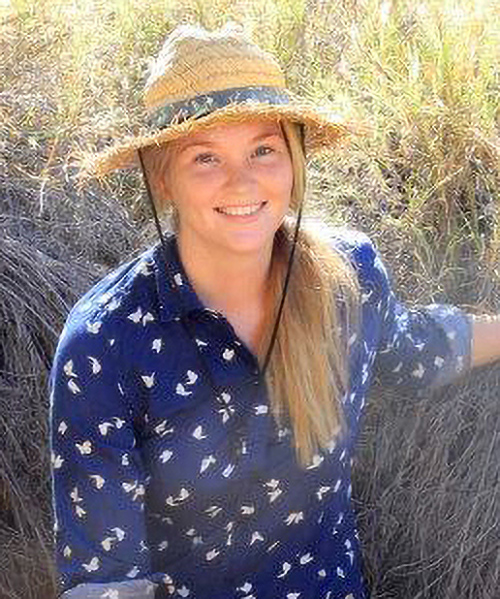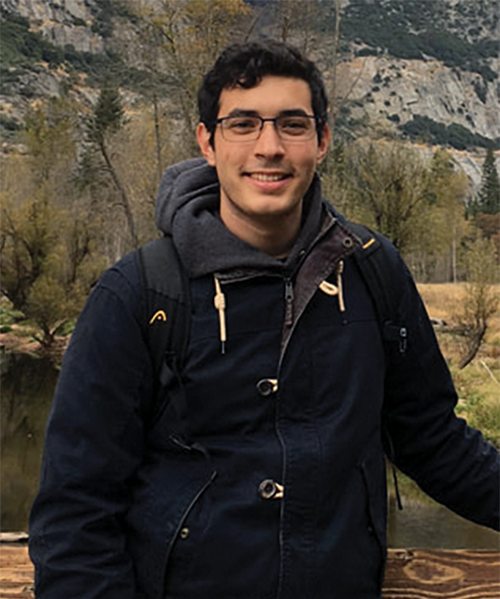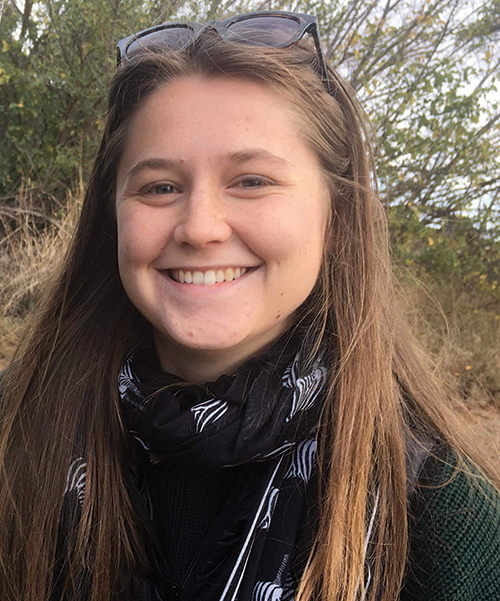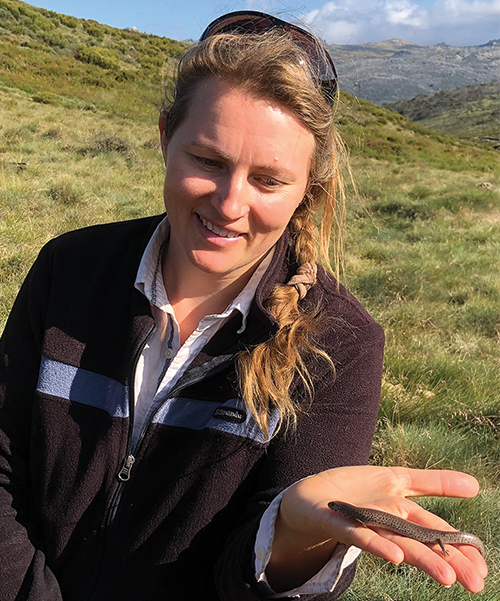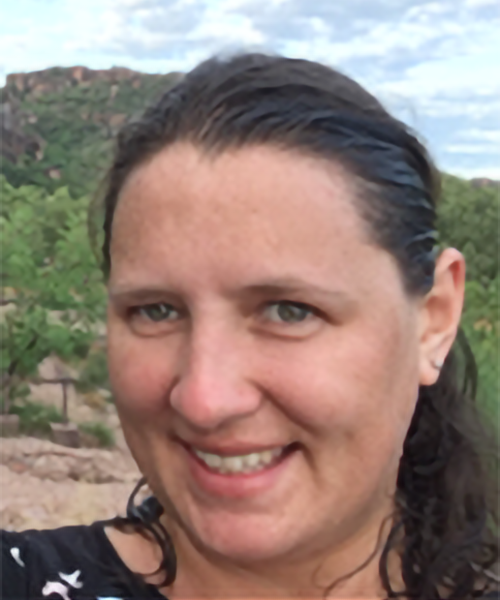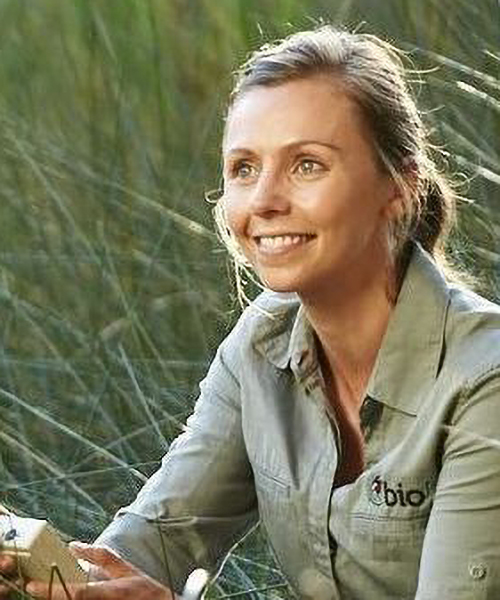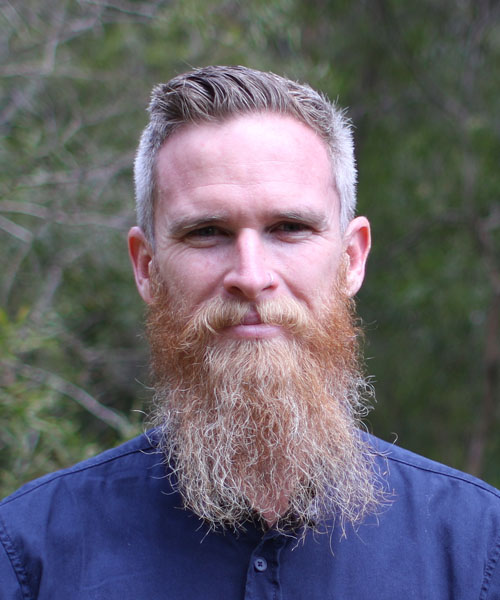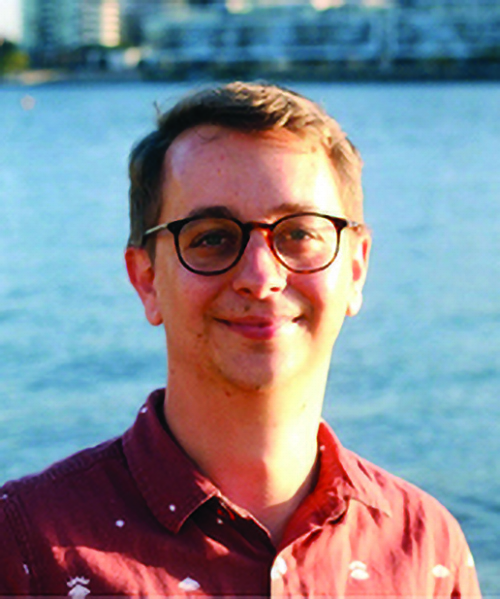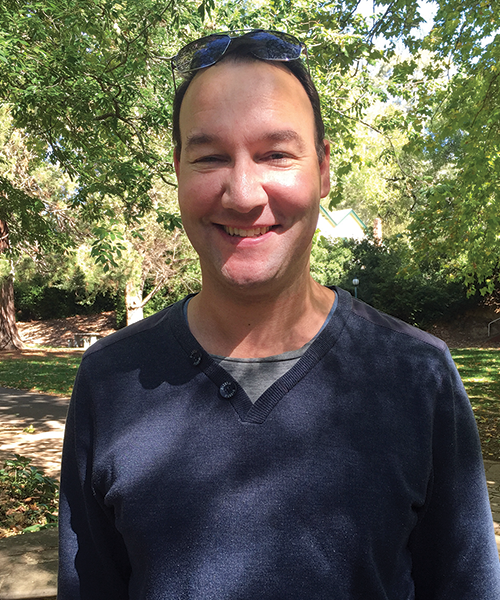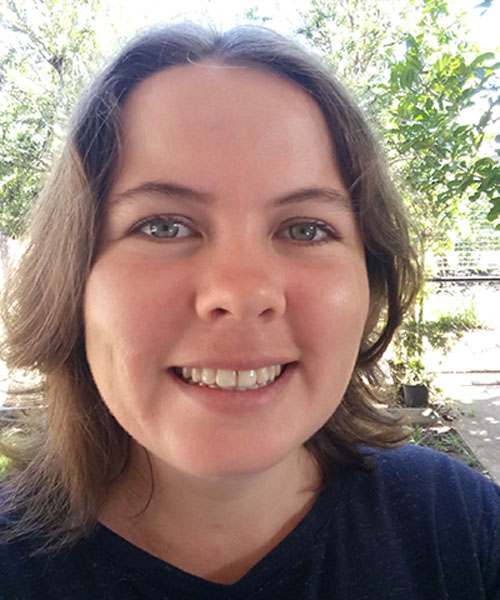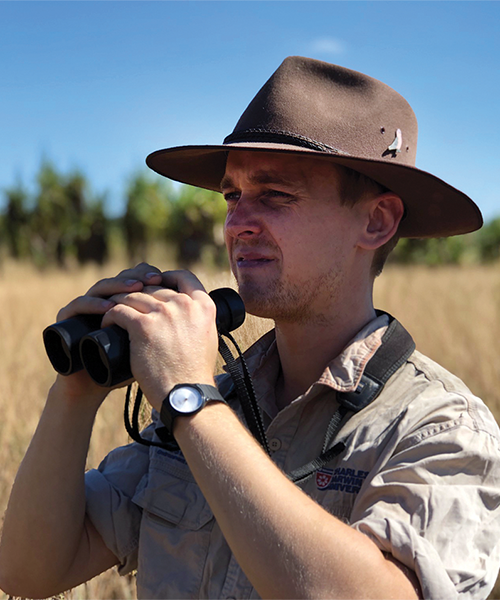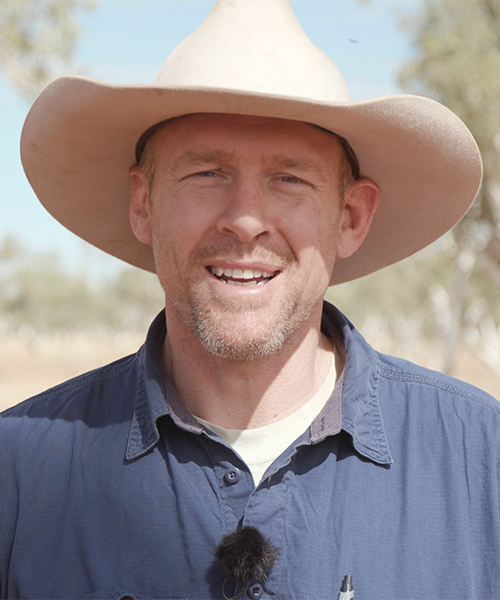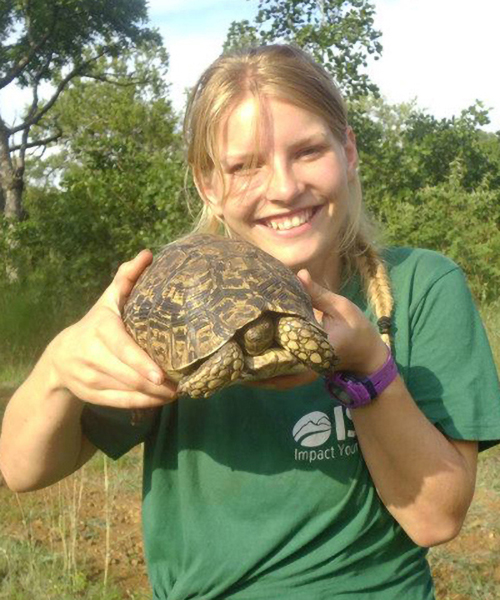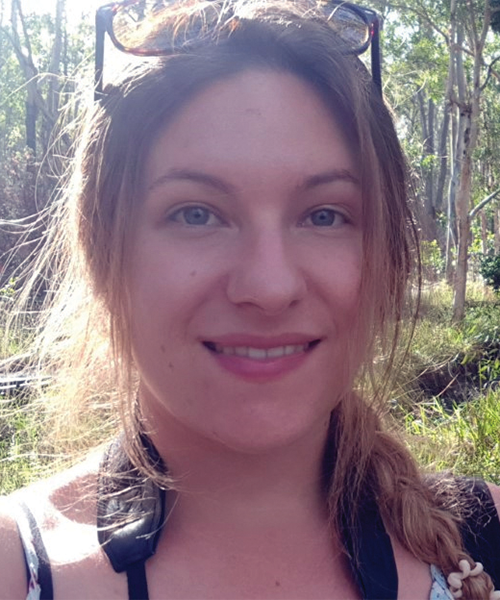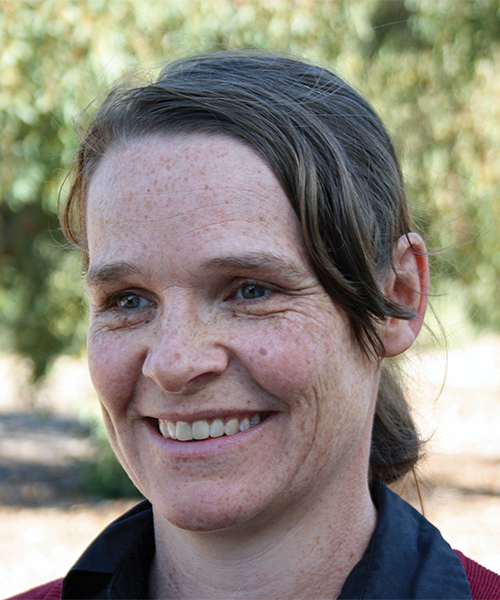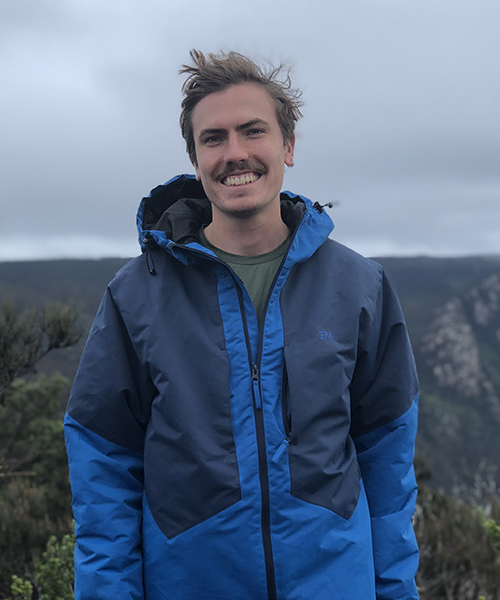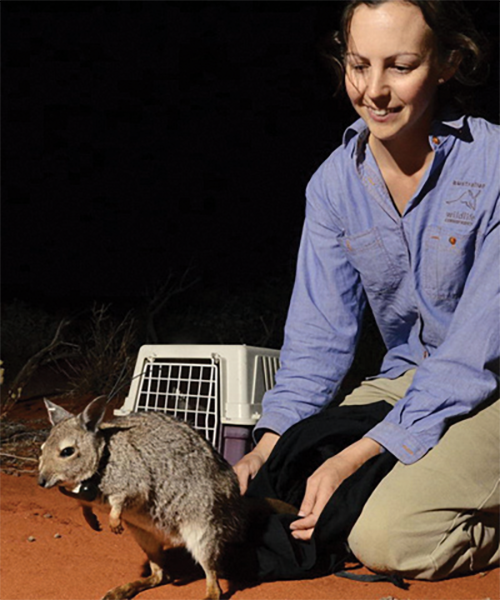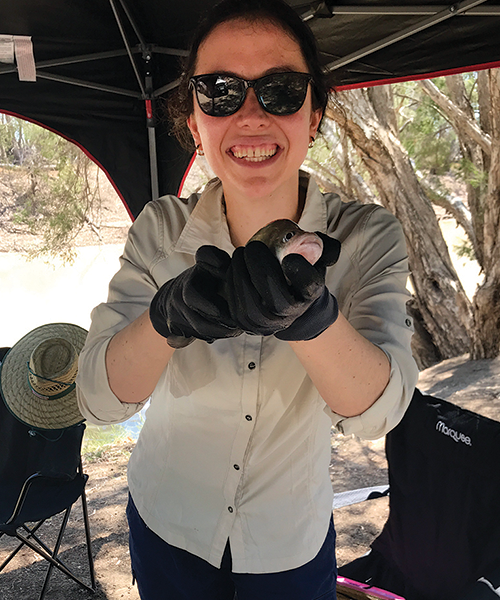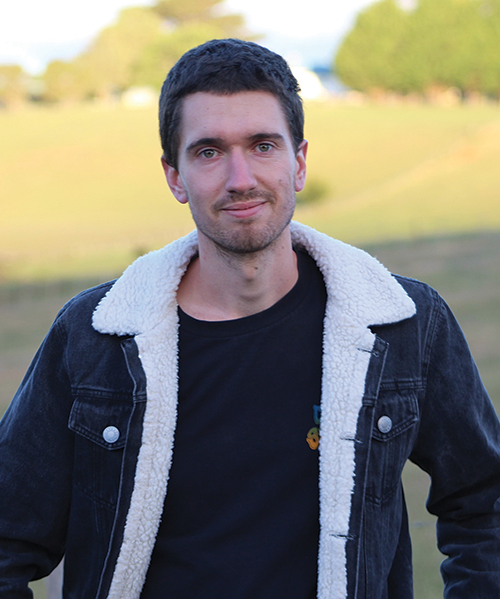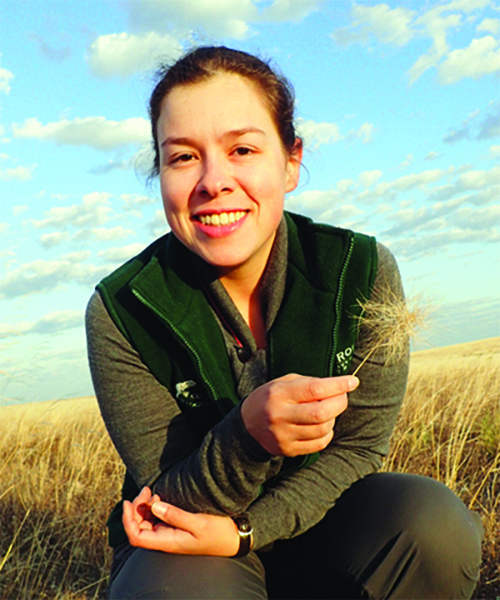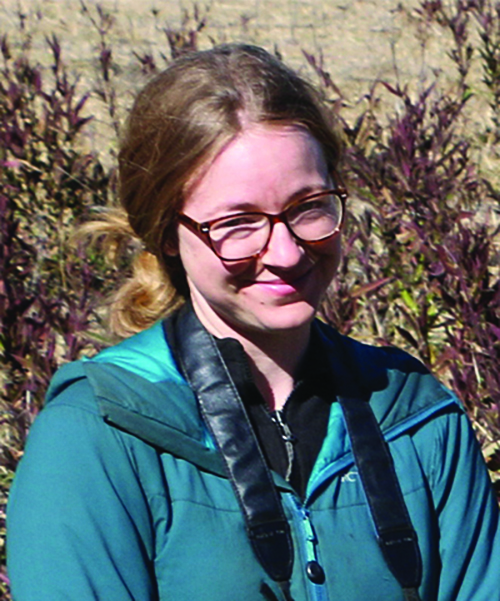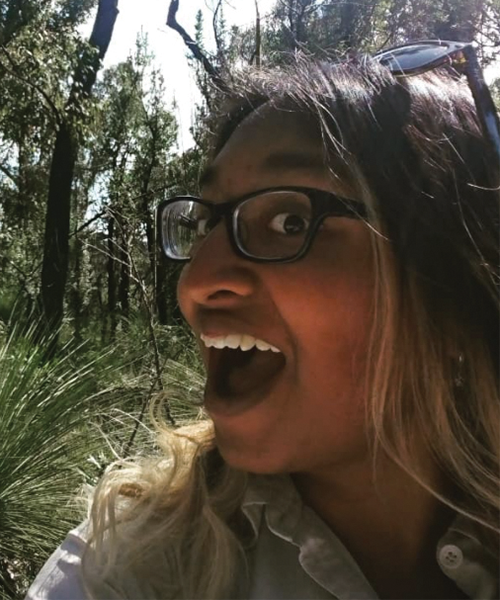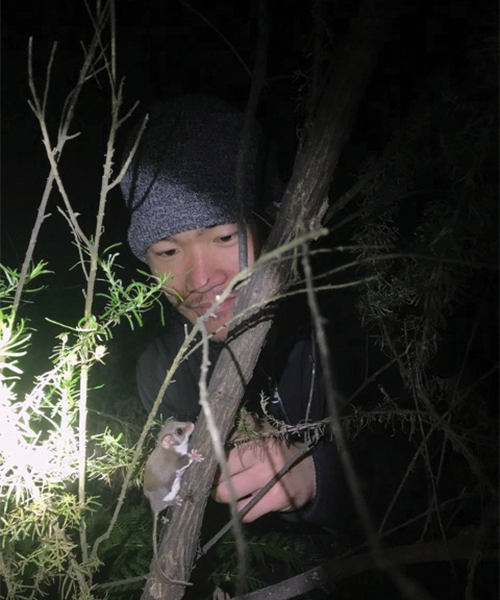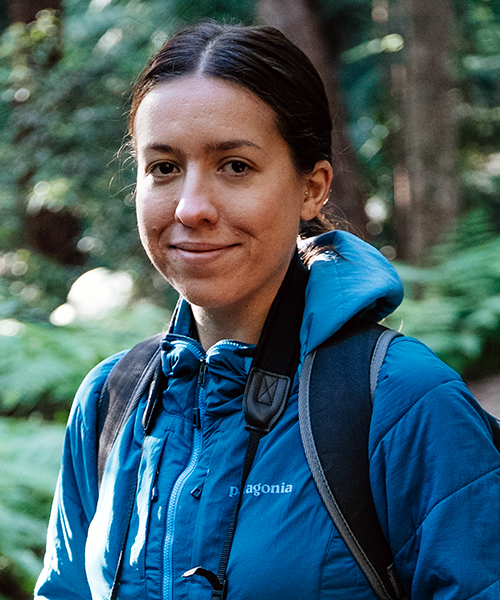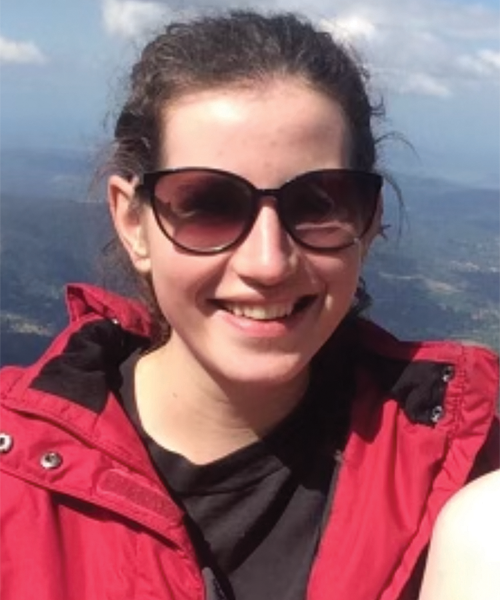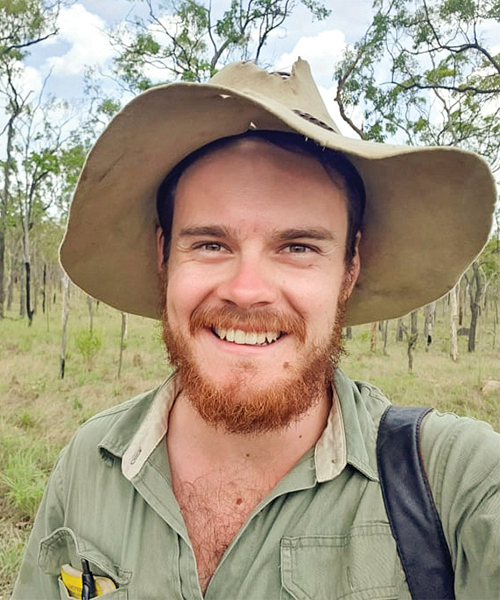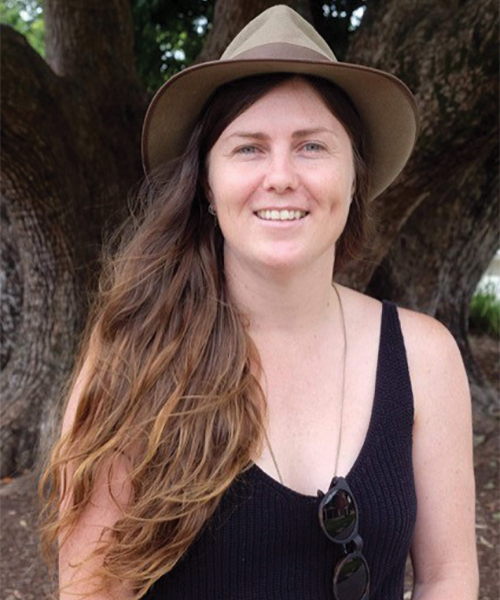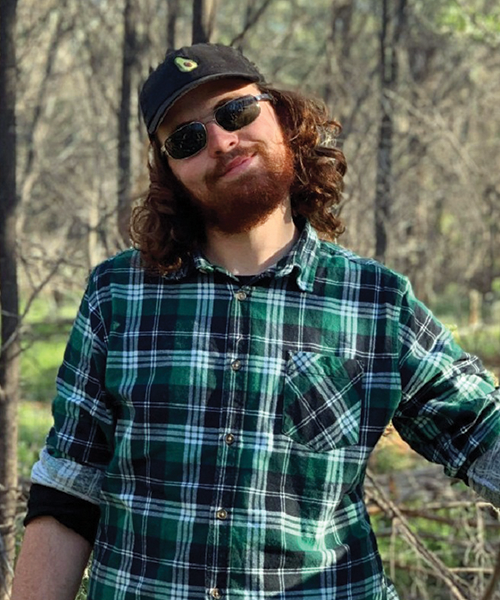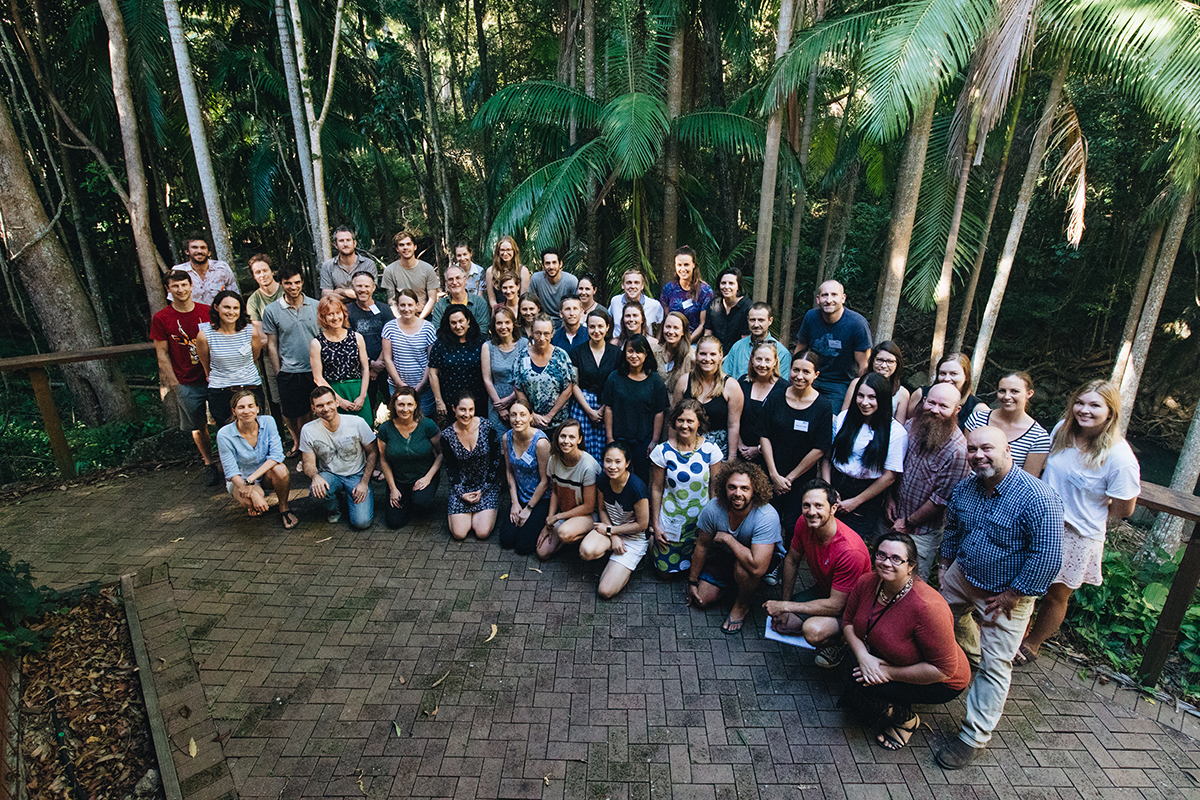
The next generation of Australian researchers: Our amazing students
Wednesday, 08 December 2021Fifty-nine PhD and 29 Masters and Honours students made a major contribution to the work of the Threatened Species Recovery Hub. Students were embedded in collaborations with senior scientists and on-ground conservation partners tackling a wide variety of Australia’s most pressing threatened species conservation challenges.
Our students were also encouraged and supported to share their findings with the groups that can apply their research findings in order to maximise their impact. The experiences these students had as part of the hub are excellent preparation for them to continue to make a positive impact in future roles. We wish them all the best.
|
|
Jessica Agius (PhD, Usyd) - Jessica investigated the emergence and treatment of a novel and 100% fatal bacterium threatening Critically Endangered and Extinct-in-the-Wild reptiles endemic to Christmas Island. |
|
|
|
Stephane Batista(PhD, QUT) - Steph compared different detection techniques and the use of conservation detection dogs to locate antechinus species in new locations, determine fine-scale ecology information and update their distribution range. |
|
|
|
Richard Beggs (PhD, ANU) - Richard examined an experimental cull of noisy miners in remnant woodland patches in the South West Slopes bioregion of NSW to see if this was an effective form of control of this overabundant native species. |
|
|
|
Donna Belder (PhD, ANU) - Donna examined the breeding success and persistence of woodland birds in restoration plantings in a NSW region and the effects of factors such as the size and shape of plantings |
|
|
|
Jeremy Bird (PhD, UQ) - Jez examined the recovery of threatened seabird populations on Macquarie Island following investment in invasive species management on the island. |
|
|
|
Jarrod Cameron (Hons, UQ) - Jarrod researched the impacts of bushfires on freshwater crayfish, focusing on the impact that elevated temperatures, hypoxia, ash and sediment have on crayfish physiology. |
|
|
|
Rachael Collett (PhD, UQ) - Rachael examined causes behind the limited distribution of threatened and range-restricted species of antechinus that only occur on mountaintops in Queensland. |
|
|
|
Daniel Gomez Isaza (PhD, UQ) - Daniel investigated the responses of freshwater species to environmental stressors, and how nitrate interacts with other stressors to affect physiological function, performance and tolerance limits. |
|
|
|
Emily Gregg (PhD, RMIT) - Emily’s research took a strategic communication approach to conservation messaging, exploring ethical considerations, barriers to engagement, and strategic changes to species’ common names. |
|
|
|
Reneé Hartley (PhD, ANU) - Renée investigated the impact of herbivorous mammals on the nationally Endangered alpine sheoak skink and the high elevation grasslands that support them. |
|
|
|
Lorna Hernandez-Santin (PhD, UQ) - Lorna researched threats to northern quolls in the Pilbara, including introduced predators, northern quoll population dynamics, interactions with other dasyurids, and habitat quality. |
|
|
|
Emily Hoffmann (PhD, UWA) - Emily examined the environmental and physiological needs of two threatened and range restricted frog species, to guide conservation actions, such as translocations, in a drying climate. |
|
|
|
Stephen Kearney (PhD, UQ) - Stephen’s research looked at the threatening processes that imperil Australia’s threatened species as well as the diet of predators and the distribution of feral cats on Pullen Pullen Reserve. |
|
|
|
John Keep (Hons, UQ) - John investigated fish behaviours around barriers to movement, such as abrupt changes in ambient light levels, and the optimisation of novel culvert remediation design to promote fish passage. |
|
|
|
Alex Kusmanoff (PhD, RMIT) - Alex applied economics and psychology to test how framing information in different ways can influence the success of conservation communications. |
|
|
|
Anna Lemon (Hons, CDU) - Anna investigated canopy greenness and fire history of Endangered monsoon vine thicket communities on the Dampier Peninsula in WA, using remote sensing platforms to detect changes over time. |
|
|
|
Robin Leppitt (PhD, CDU) - Robin studied the Alligator Rivers yellow chat, trying to determine just how rare it truly is and the reasons for that rarity…turns out, it is very rare! |
|
|
|
Nick Leseberg (PhD, UQ) - Nick focused on the recently rediscovered night parrot, including how to find it using acoustic surveys, its current distribution and effective management strategies. |
|
|
|
Erica Marshall (PhD, UM) - Erica has examined how the metrics used in biodiversity offsets can be improved to more to accurately measure biodiversity loss and ensure species persistence through better offsetting procedures. |
|
|
|
Courtney Melton (PhD, UQ) - Courtney investigated recovery options for the declining woodland bird community of eastern Australia via managing sub-canopy vegetation as a resource and potential deterrent of noisy miners. |
|
|
|
Leonie Monks (PhD, MU) - Leonie evaluated plant translocations in WA, using genetics, mating systems and population viability analysis as measures of translocation success and investigated the influence of source populations. |
|
|
|
Callum Mulvey (Hons, UQ) - Callum examined impacts of bushfire runoff on freshwater fishes, such as the effects of ash, sediment, temperature and hypoxia on critical tolerances, aerobic physiology and swimming performance. |
|
|
|
Bryony Palmer (PhD, UWA) - Bryony looked at how reintroduced digging mammals, like bandicoots and bettongs, interact with and influence soil processes, vegetation communities and introduced plants and animals. |
|
|
|
Monique Parisi (PhD, UQ) - Monique investigated the impacts of temperature consistent with cold water pollution on the physiological performance and compensation capacity of native freshwater fishes in the Murray-Darling Basin. |
|
|
|
Christopher Pocknee (PhD, UQ) - Chris is researching the response of the northern bettong to fire and the threat that feral cats pose to the species in its stronghold in the Lamb Range in Queensland’s wet tropics. |
|
|
|
Linda Riquelme (PhD, UM) - Linda examined methods to estimate grassy biomass over space and time, such as clipping and remote sensing, to help manage grazing and promote regeneration in Endangered buloke woodlands. |
|
|
|
Emma Spencer (PhD, USyd) - Emma looked at whether animal carcasses could be placed in an arid region to increase dingo activity and reduce the impacts of feral cats on ground nesting birds, including Endangered night parrots. |
|
|
|
Meena Sritharan (PhD, ANU) - Meena’s research looks at understanding how different environmental factors influence plant rarity, with a particular focus on plant species in Booderee National Park. |
|
|
|
Nick Tan (MSc, UM) - Nick compared the efficiency of spotlight and thermal image monitoring methods to detect arboreal marsupials, including greater gliders and bobuck possums, in temperate forests. |
|
|
|
Daniella Teixeira (PhD, UQ) - Daniella undertook bioacoustic monitoring of breeding in the Endangered Kangaroo Island glossy blackcockatoo and southeastern red-tailed black-cockatoo. |
|
|
|
Alana Toms (Hons, UQ) - Alana’s research looked at the effect of cold water pollution on the physiological performance of invasive freshwater fishes. |
|
|
|
Patrick Webster (PhD, UQ) - Patrick investigated the conservation status of the buff-breasted buttonquail of the Cape York Peninsula, and found the species is likely one of Australia’s most threatened birds. |
|
|
|
Rosalie Willacy (PhD, UQ) - To support decision making for invasive species monitoring and management on Christmas Island, Rosie’s research investigated interactions between cats, black rats and native birds. |
|
|
|
Matthew Wintour (Hons, UQ) - Matthew looked at the impacts of bushfires on native Australian frog species, focusing on the growth, development, locomotor performance and survival of frogs across all life stages. |
ANU – The Australian National University, CDU – Charles Darwin University, MU – Macquarie University, QUT – Queensland University of Technology, RMIT – Royal Melbourne Institute of Technology University, UM – The University of Melbourne, UQ – The University of Queensland, USyd – The University of Sydney, UWA – The University of Western Australia
Top: Group photo from the hub's early career researcher conference at Mt Tamborine in 2018. Image: Nicolas Rakotopare
